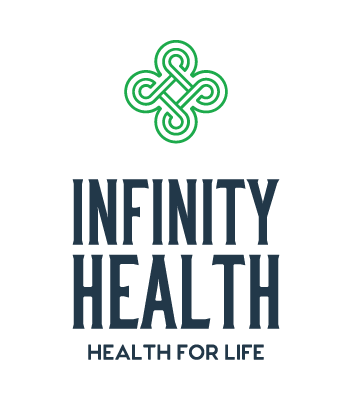The cliché “no pain, no gain” is a bit of an oversimplification of what it means to push your limits without blowing past them… But it has some truth to it as well.
We have to listen to our bodies and pay attention to the different sensations we feel in the workout process. High-level athletes are particularly prone to push themselves either to injury, or beyond the productive limit to where their bodies are constantly fatigued and sore, leaving them more prone to injury! On the other side of the spectrum, there may be people who aren’t maximizing their workout out of fear of pushing themselves too far too fast, which is a totally valid fear.
By identifying the line between “good pain” and “bad pain” you’ll be not only armed with information for listening to your body’s needs, but also for when to get assistance from a healthcare professional.
Signs of Good Pain
I know, describing pain as good is weird, but it really is good because it means you are building strength, endurance or flexibility!
People might describe this feeling as: burning, tight, tired, shaky…Or my personal favourite: “Oh I’ll definitely feel THAT in the morning”
These are all completely normal, good signs even! General muscle soreness could happen because you’re working muscles you haven’t in a while. It might stop as soon as you’re done with your workout, it could also be a delayed onset – but as long as the pain/soreness doesn’t last more than a few days you are probably good. Maintaining mobility after the workout will definitely help speed along the recovery time, along with proper warm ups, cool downs – and stretching, of course.
How to Determine When it’s Bad Pain
We’ve all done it to some degree; pushed ourselves a bit too far, tried something we weren’t quite ready for, or you know… tripped and fell… the point is, it happens!
Not all injuries will be felt at the moment. You might think you’re fine, carry-on and then be rudely awakened later on when you start to experience symptoms.
If after your workout you notice: tightness, reduced range of motion, sharp muscle pain, don’t panic. It could be the first sign something is up, but it could be minor. First try taking it easy, bringing down inflammation with ibuprofen, naproxen, acetaminophen or aspirin (consult your pharmacist if you are on any medications to be safe!) accompanied by the RICE method:
- Rest
- Ice
- Compress
- Elevate
However, it is best to contact a healthcare professional if your pain is severe or if you experience:
- Sudden, sharp pain.
- Sharp pain that prevents you from moving a body part, decreases your range of motion, or prevents you from moving altogether.
- Pain in an area that was previously injured or where you’ve had surgery.
- Pain associated with deformity or massive swelling.
- No pain relief after several days of rest, ice or over-the-counter anti-inflammatory medication.
- Constant pain or pain that is worsening in severity.
- Pain coupled with pressure and bruising.
- Pain that is so intense that it causes nausea and/or vomiting.
- Pain associated with fevers and chills.
- Pain that keeps you up at night or wakes you from sleep
When in doubt seek help, because if we know the sooner you treat the quicker the recovery!
Source: https://www.hopkinsmedicine.org/orthopaedic-surgery/about-us/ask-the-experts/pain.html

